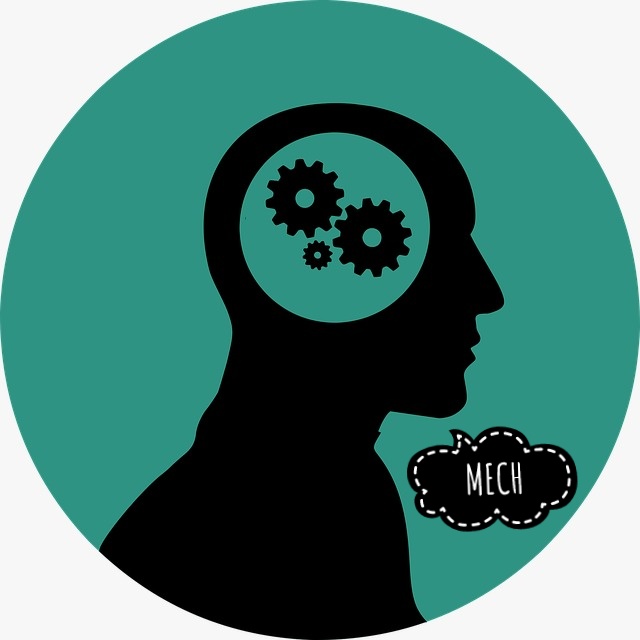1. Heat Transfer
2. Fluid Machinery
3. Manufacturing Process
4. Kinematics of Machine
5. Open Elective-1
6. Other Activities

Mech
Fifth Semester
Introduction ( 12 Lectures )
Introduction to three modes of heat transfer, Derivation of heat balance equation- Steady one dimensional solution for conduction heat transfer in Cartesian, cylindrical and spherical geometry, concept of conduction and film resistances, critical insulation thickness, lumped system approximation and Biot number, heat transfer through pin fins- Two dimensional conduction solutions for both steady and unsteady heat transfer-approximate solution to unsteady conduction heat transfer by the use of Heissler charts.
Heat convection, basic equations, boundary layer ( 8 Lectures )
Heat convection, basic equations, boundary layers- Forced convection, external and internal flows- Natural convective heat transfer- Dimensionless parameters for forced and free convection heat transfer-Correlations for forced and free convection- Approximate solutions to laminar boundary layer equations (momentum and energy) for both internal and external flow- Estimating heat transfer rates in laminar and turbulent flow situations using appropriate correlations for free and forced convection
Interaction of radiation with materials( 8 Lectures )
Interaction of radiation with materials, definitions of radiative properties, Stefan Boltzmann’s law, black and gray body radiation, Calculation of radiation heat transfer between surfaces using radiative properties, view factors and the radiosity method.
Type of Heat Exchanger( 6 hrs )
Types of heat exchangers, Analysis and design of heat exchangers using
bothLMTD and ε-NTU methods.
( 3 Lectures )
Boiling and Condensation heat transfer, Pool boiling curve.
Introduction mass transfer, Similarity between heat and mass transfer .
Suggested books
1. Bejan, Heat Transfer John Wiley, 1993
2. J.P.Holman, Heat Transfer, Eighth Edition, McGraw Hill, 1997.
3. F.P.Incropera, and D.P. Dewitt, Fundamentals of Heat and Mass Transfer, John Wiley, Sixth Edition, 2007.
4. MassoudKaviany, Principles of Heat Transfer, John Wiley, 2002
1. Determination of Thermal Conductivity of a Metal Rod.
2. Determination of Overall Heat Transfer Coefficient of a Composite wall.
3. To find the effectiveness of a pin fin in a rectangular duct natural convective condition and plot temperature distribution along its length.
4. To find the effectiveness of a pin fin in a rectangular duct under forced convective and plot temperature distribution along its length.
5. Determination of Heat Transfer Coefficient in a free Convection on a vertical tube.
6. Determination of Heat Transfer Coefficient in a Forced Convention Flow through a Pipe.
7. Determination of Emissivity of a Surface.
8. Determination of Stefan Boltzmann’s Constant.
9. Determination of LMDT and Effectiveness in a Parallel Flow and Counter Flow Heat Exchangers